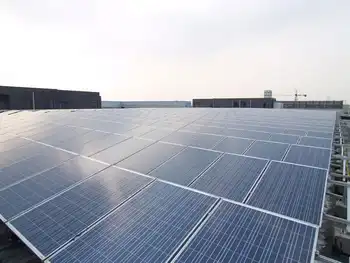Areva awarded uranium powder supply contract
Over the initial 11-year term of the contract, Areva will supply slightly enriched uranium and blended dysprosium uranium powder destined for the Bruce Power A reactors in Ontario, Canada.
Cameco will use these powder products to fabricate low void reactivity fuel assemblies being introduced in CANDU reactor operation to improve reactor fuel performance under transient conditions.
This contract represents the culmination of efforts between Areva and Cameco that began in June 2005. Under terms of the contract, Areva's fuel fabrication facility in Richland, Wash., will supply 100 percent of the SEU and BDU powder to the Bruce Power A reactors beginning in 2010 and continuing through 2020. The contract also includes two optional five-year extension periods, providing the potential for a 21-year supply agreement.
The scope of the contract includes design, construction and qualification of a dedicated BDU blending system using processes conceptually designed by Cameco, qualification of a modified SEU blending system in Richland's Dry Conversion Facility and the production and transportation of powder to Cameco's fuel fabrication facility in Port Hope, Ontario.
The contract also includes the design, licensing and fabrication of specialized transportation containers.
Related News

France's nuclear power stations to limit energy output due to high river temperatures
PARIS - The high temperature warning has come early this year but will affect fewer nuclear power plants.
High temperatures could halve nuclear power production at plants along France's Rhone River this week.
Output restrictions are expected at two nuclear plants in eastern France due to high temperature forecasts, nuclear operator EDF said. It comes several days ahead of a similar warning that was made last year but will affect fewer plants.
The hot weather is likely to halve the available power supply from the 3.6 GW Bugey plant from 13 July and the 2.6 GW Saint Alban plant from 16 July, the…





